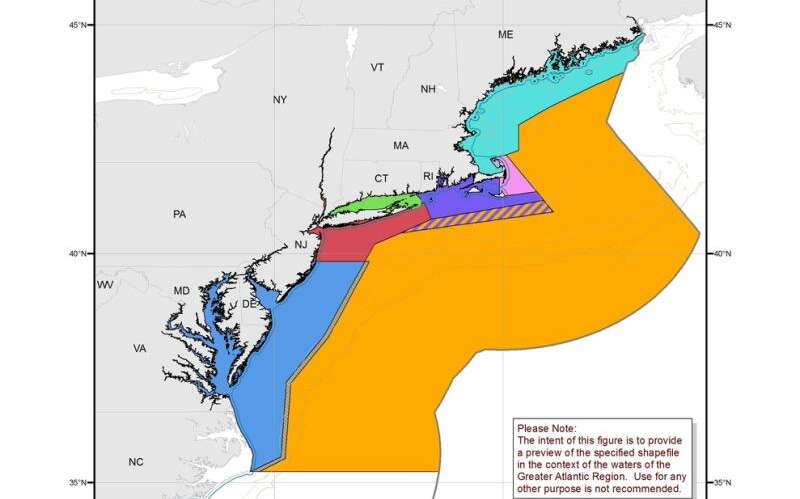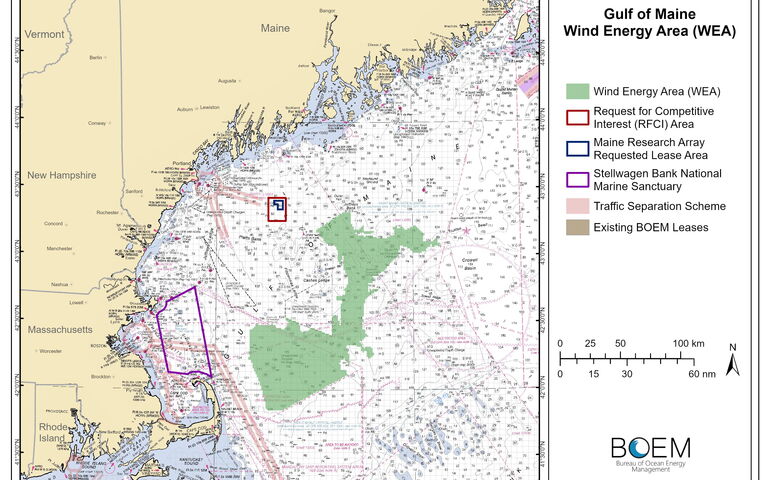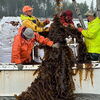
Processing Your Payment
Please do not leave this page until complete. This can take a few moments.
- News
-
Editions
-
- Lists
-
Viewpoints
-
Our Events
-
Event Info
- Women's Leadership Forum 2025
- On the Road with Mainebiz in Bethel
- Health Care Forum 2025
- On The Road with Mainebiz in Greenville
- On The Road with Mainebiz in Waterville
- Small Business Forum 2025
- Outstanding Women in Business Reception 2025
- On The Road with Mainebiz in Bath
- 60 Ideas in 60 Minutes Portland 2025
- 40 Under 40 Awards Reception 2025
- On The Road with Mainebiz in Lewiston / Auburn
- 60 Ideas in 60 Minutes Bangor 2025
Award Honorees
- 2025 Business Leaders of the Year
- 2024 Women to Watch Honorees
- 2024 Business Leaders of the Year
- 2023 NextUp: 40 Under 40 Honorees
- 2023 Women to Watch Honorees
- 2023 Business Leaders of the Year
- 2022 NextUp: 40 Under 40 Honorees
- 2022 Women to Watch Honorees
- 2022 Business Leaders of the Year
-
-
Calendar
-
Biz Marketplace
- News
-
Editions
View Digital Editions
Biweekly Issues
- April 21, 2025 Edition
- April 7, 2025
- March 24, 2025
- March 10, 2025
- Feb. 24, 2025
- Feb. 10, 2025
- + More
Special Editions
- Lists
- Viewpoints
-
Our Events
Event Info
- View all Events
- Women's Leadership Forum 2025
- On the Road with Mainebiz in Bethel
- Health Care Forum 2025
- On The Road with Mainebiz in Greenville
- On The Road with Mainebiz in Waterville
- + More
Award Honorees
- 2025 Business Leaders of the Year
- 2024 Women to Watch Honorees
- 2024 Business Leaders of the Year
- 2023 NextUp: 40 Under 40 Honorees
- 2023 Women to Watch Honorees
- 2023 Business Leaders of the Year
- + More
- 2022 NextUp: 40 Under 40 Honorees
- 2022 Women to Watch Honorees
- 2022 Business Leaders of the Year
- Nomination Forms
- Calendar
- Biz Marketplace
Feds' proposed site for offshore wind gets mixed grades from labor, lobster trade groups
 Courtesy / Bureau of Ocean Energy Management
The irregular green patch is the federal government’s selected offshore wind development area.
Courtesy / Bureau of Ocean Energy Management
The irregular green patch is the federal government’s selected offshore wind development area.
Maine’s largest lobster trade group appreciates that some key waters didn't become part of the area selected by the federal government for offshore wind-power development.
The Bureau of Ocean Energy Management last week said it finalized its designation of an offshore wind energy area in the Gulf of Maine. The area selected avoids a fishing ground known as Lobster Management Area 1, a large swath of nearshore water.
Most of Maine’s lobster fishery occurs in nearshore waters.
But the Maine Lobstermen’s Association still had concerns, noting that the selection includes an area where many endangered North Atlantic right whales are sighted.
“MLA remains steadfast in its position that no area of the Gulf of Maine should be industrialized with offshore wind,” the association said in a statement. “There are still too many unanswered questions about the impacts of offshore wind on the marine environment, commercial fishermen and our fishing heritage.”
The Maine Lobstermen’s Association said it worked with Maine’s fishing industry, the state’s congressional delegation and Gov. Janet Mills to ensure prime lobster fishing grounds would be spared from the industrial development of an offshore wind project.

The selection still entails an environmental review of potential offshore wind leasing activities.
BOEM is part of the U.S. Department of the Interior and manages development of U.S. Outer Continental Shelf energy, mineral and geological resources.
2M acres
The area totals about 2 million acres offshore Maine, Massachusetts and New Hampshire, ranging from approximately 23 to 92 miles off the coast.
It’s projected the area has the potential to support generation of 32 gigawatts of wind energy, surpassing state goals of 10 gigawatts for Massachusetts and 3 gigawatts for Maine.
BOEM finalized the area after extensive engagement with the states of Maine, Massachusetts and New Hampshire, Tribes, local residents, ocean users including the fishing community, federal government partners and other members of the public.
Based on the feedback received about natural and cultural resources and ocean uses, the area represents an 80% reduction from the area BOEM initially identified for possible leasing and a 43% reduction from an area presented in a draft plan released last October.
Goals of the resulting plan are to avoid important areas for lobster fishing, North Atlantic right whale habitat, and other important fishing areas and habitats, as well as a majority of Wabanaki historical and present-day fishing grounds.
The announcement sets the stage for a lease auction later this year for what’s expected to become some of the nation’s first floating offshore wind projects in the Gulf of Maine.
Researchers at the University of Maine are leading the development of floating wind turbine technology required in deep ocean waters.
With the leasing process coming up, BOEM said it would seek to avoid or minimize remaining ocean use and resource conflicts and will continue to consult with stakeholders.
Conservation, labor support
Conservation and labor groups also expressed support for the decision.
"The best way to protect wildlife is to reduce their proximity to turbines, and we're pleased that the Bureau of Ocean Energy Management has sited leases away from most high-conflict wildlife areas," said Sarah Haggerty, conservation biologist and GIS manager with Maine Audubon. "We will pursue additional wildlife safeguards throughout the leasing process, but this announcement is a very important step in the right direction."
Added Matt Cannon, state conservation and energy director for Sierra Club Maine, “The clean, sustainable offshore wind energy produced on the Gulf of Maine will help to preserve the Atlantic's diverse marine life, all while bringing a boost to coastline economies and New England’s grid reliability.”
Cynthia Phinney, president of the Maine AFL-CIO, said offshore wind has potential community benefits.
“We are extremely pleased that BOEM has heard the concerns of fishermen and their union allies by excluding critical lobster grounds from the siting of offshore wind,” said Phinney. “Offshore wind has the potential to transform our coastal economies with thousands of well-paying union jobs, make Maine more energy independent, and substantially cut our climate pollution, but it’s crucial that these projects are sited properly so that our fishing communities are protected.”
Jason Shedlock, president of the Maine State Building & Construction Trades Council and regional organizer and secretary-treasurer for the Laborers’ International Union, Local 327, added, “It is a win for Maine's environment. It is a win for economic development and community investment. But more broadly, it is a win for solidarity.”
Last month, the state of Maine announced its preferred location for a deep-water port, on Sears Island in Searsport, that would support construction and staging for offshore wind projects in the Gulf of Maine.
The port is expected to spur millions of dollars in private sector investment and support the creation of new jobs in the clean energy sector.
Since the start of the Biden-Harris administration, the Department of the Interior has approved the nation's first six commercial-scale offshore wind energy projects. BOEM has held four offshore wind lease auctions, which have brought in almost $5.5 billion in high bids, including a record-breaking sale offshore New York and New Jersey and the first-ever sales offshore the Pacific and Gulf of Mexico coasts.
BOEM is exploring additional opportunities for offshore wind energy development in the U.S., including the U.S. Central Atlantic coast.













0 Comments